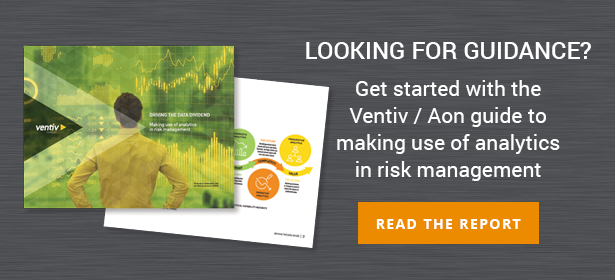Data is as pervasive as the air we breathe. As of 2020, some 64.2 zettabytes of data have been created worldwide — a number that is projected to almost triple to 180 zettabytes by 2025.
To organizations in the modern age, this wealth of data and the digital insights it powers are indispensable. With more data, you can gain greater insights, simplify and streamline your operations, identify and mitigate risks, and make more strategic and data-driven decisions for your business. In an increasingly competitive digital landscape, useful data can be the difference between failure and success.
However, there is too much of a good thing when it comes to data. The sheer amount of available information is overwhelming, making it all too easy to get lost in a sea — or rather, lake — of data. All of that valuable information could go to waste because of your data analysis paralysis.
Data Analytics and Analysis Paralysis
In broad terms, data analytics is the process of looking at raw data to find insights and trends and draw conclusions about the information discovered. Bigger is often better for data analytics; with more to analyze, you stand to learn and gain more information. In theory, it may seem simple and unambiguously beneficial, particularly when you consider the extent of new data creation.
In practice, though, data analytics is neither clear-cut nor simple. It can be useful, but humans still need to interpret it and derive meaning from it. Finding that value can be challenging, especially if you don’t know what you’re looking for or you don’t trust the accuracy of your data.
Analysis paralysis is the result of over-analyzing your data in an attempt to find that meaning. You may struggle with the seemingly Herculean task of exploring mass amounts of data, or you may have trouble identifying any trends, meaning, or key takeaways. If you aren’t careful, analysis paralysis can render your efforts temporarily meaningless.
Distilling Focus
To enjoy the benefits of your big data, it’s essential to avoid falling victim to analysis paralysis. Taking control of it is the critical first step you have to take.
If you’re using data for risk management, for instance, you likely have many different potential risks to consider. Attempting to analyze data about multiple distinct risks at the same time can be overwhelming, making it difficult to find the information you need — and leaving your organization vulnerable to that threat. Risk analytics technology can help remove personal bias and pinpoint where you should focus your attention.
Fluidity and Flexibility
Data is fluid, and the more you collect, the more it will continue to grow and evolve. You need to be similarly flexible when analyzing it, otherwise, the fluidity may contribute to analysis paralysis. If you are too focused on drawing a particular conclusion, you’ll miss the real results and insights present.
Use your goals to guide your analysis, not to force, prescribe, or invent the results you discover. You need to listen to what the data is telling you, using the framework of your goal to understand that message.
As you gather more data and more insights from it, you may need to reassess your priorities based on what you learn. Your analysis may reveal something unexpected or pave the way for future exploration. Simply put, being flexible will help you make the most of your data without succumbing to analysis paralysis.
Increasing Visibility
Increasing data visibility can also empower you to make large-scale decisions for your business. With more visibility, you can learn about the details and nuances of your operations. Being able to access that information at the right time allows you to make better informed, strategically sound choices whenever the need arises.
This is particularly important when making any potentially risky decisions. The wrong choice could be the difference between success and failure for your organization. You may not be able to reach universal visibility, but with the right tools and solutions, you can make significant improvements. Instead of just surviving, you can set your business up to thrive.
Of course, with more information available, there is a chance of experiencing more analysis paralysis. To mitigate that risk, you can increase data visibility across your entire organization. This can open the door to fresh perspectives and interpretations of that data, resulting in new conclusions that you wouldn’t have been able to draw yourself.
Don’t Let the Data Control You
To avoid analysis paralysis, you have to remember that you are in charge — not the data. You are the one who is collecting, analyzing, and using the data. If it becomes overwhelming or stops supporting your goals, you can change how you approach it. As you become more accustomed to data analysis, you will likely need to update your processes to incorporate new best practices and support new goals.
When (not if) you do experience analysis paralysis, try to remember that it’s a temporary problem. As long as you continually improve your collection and analysis methods, you will be able to overcome your paralysis and make your data useful for your organization.
Next Steps
If you would like to learn more about this topic please contact Bjoern Heck.













